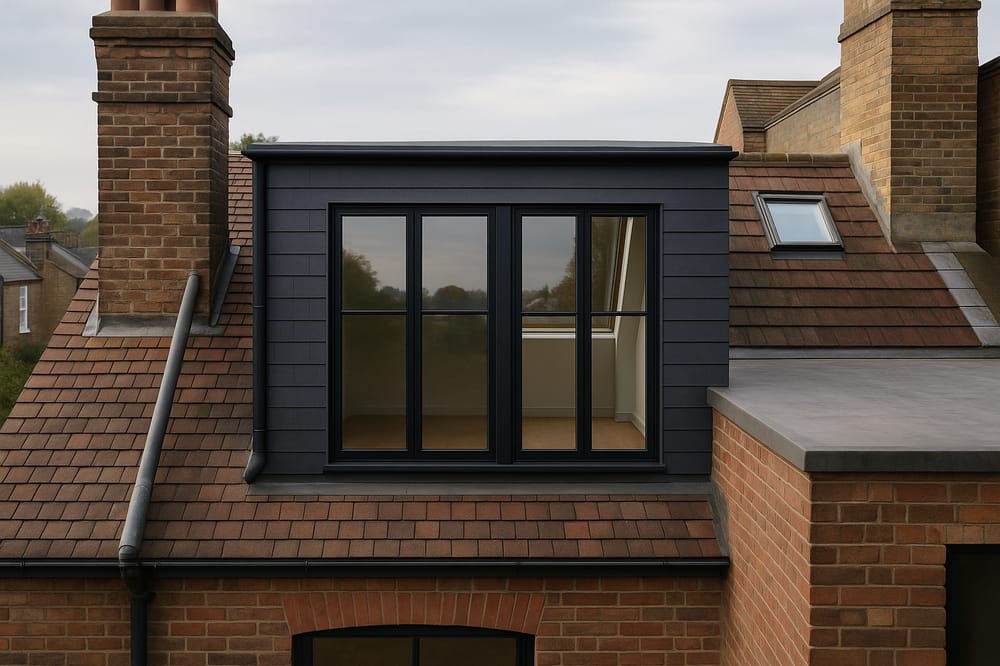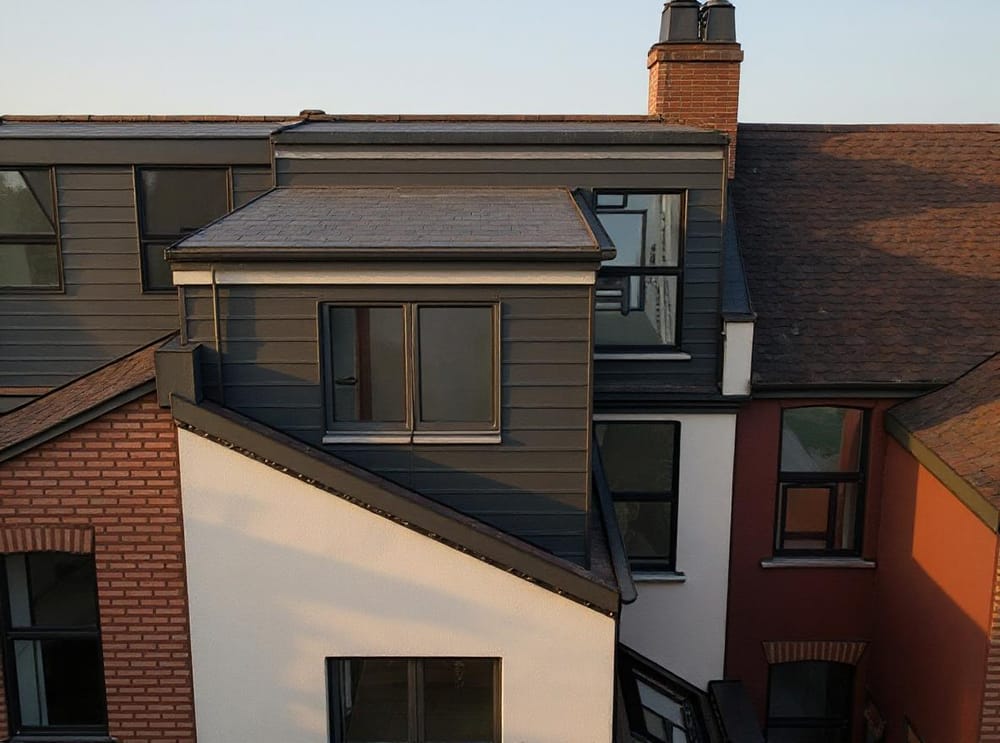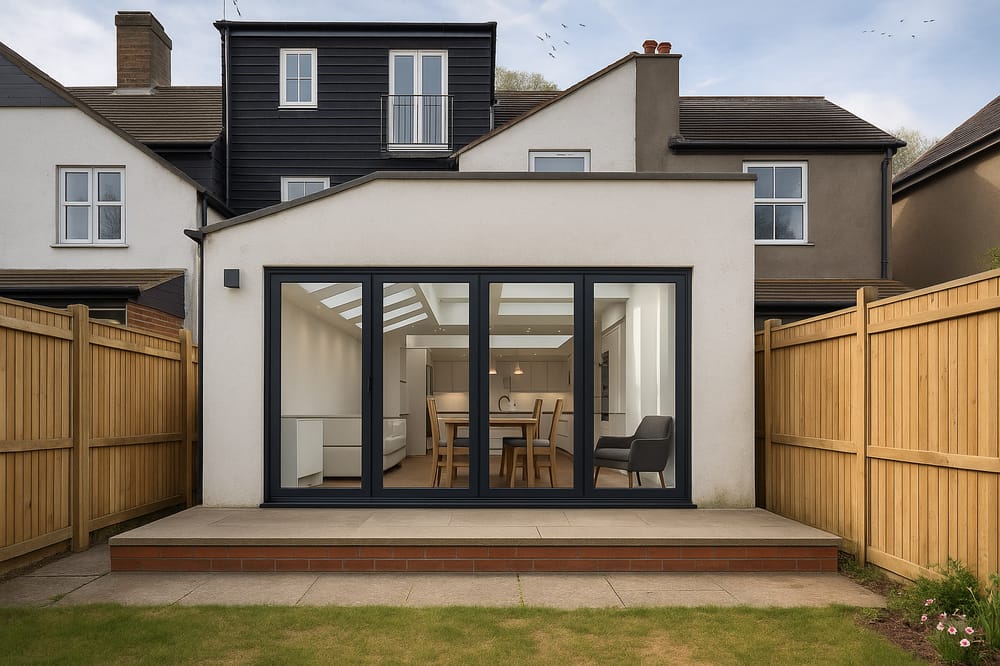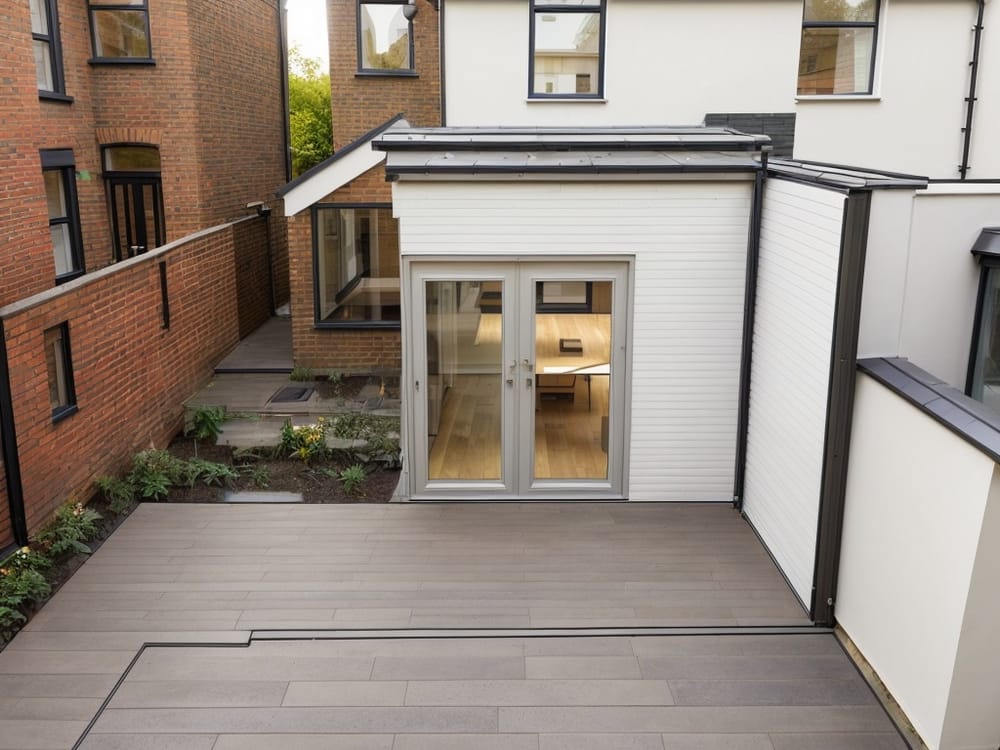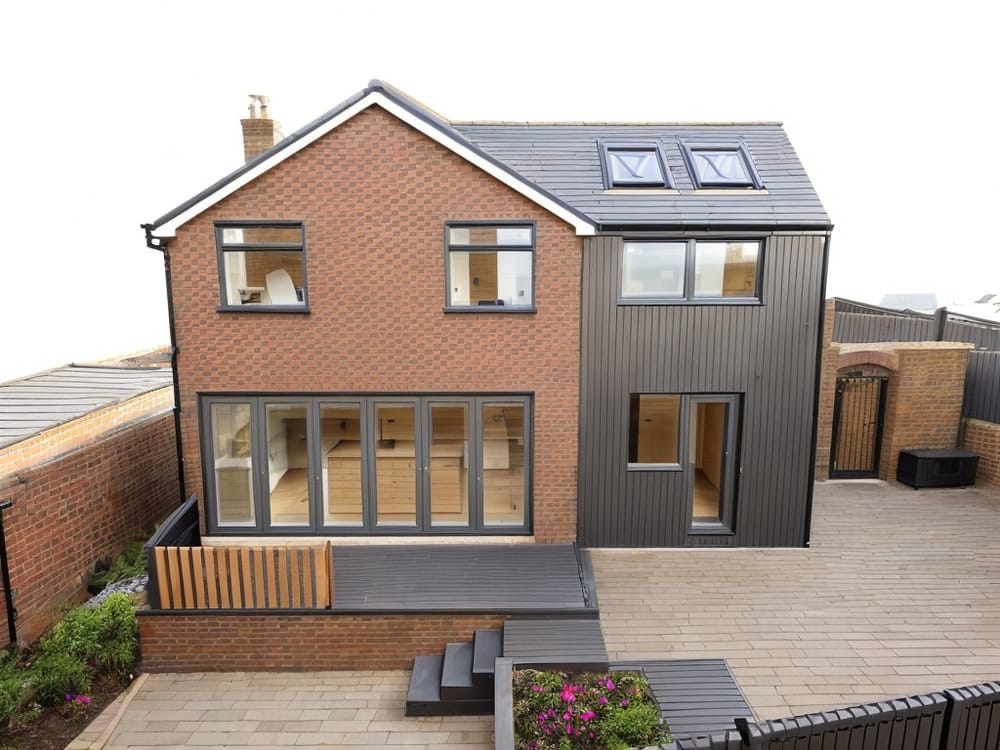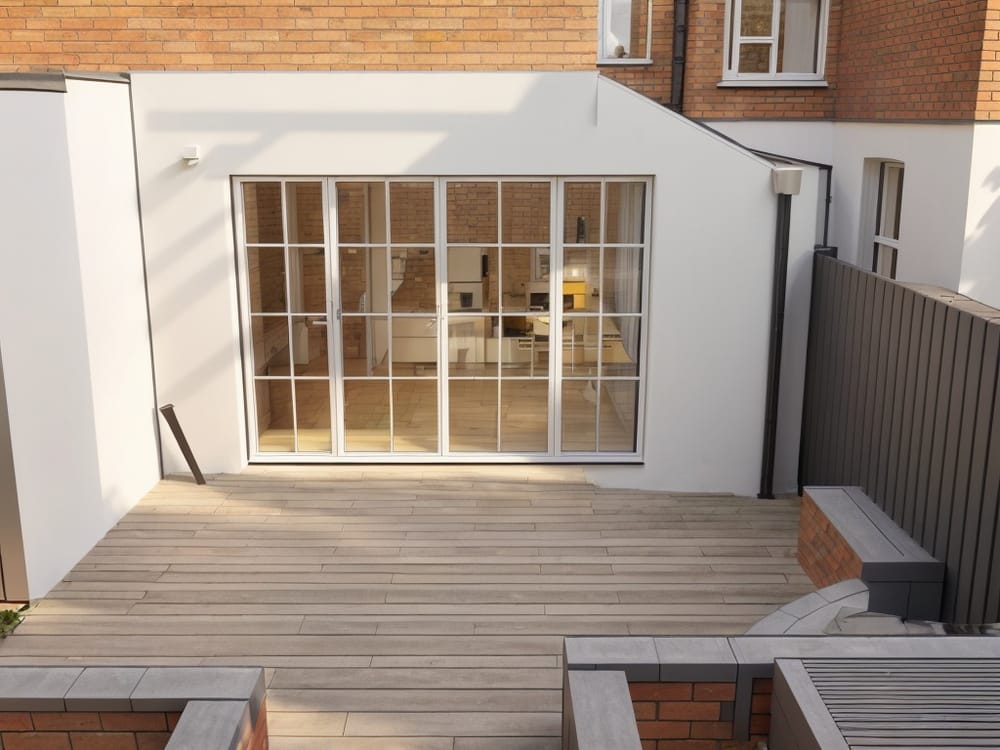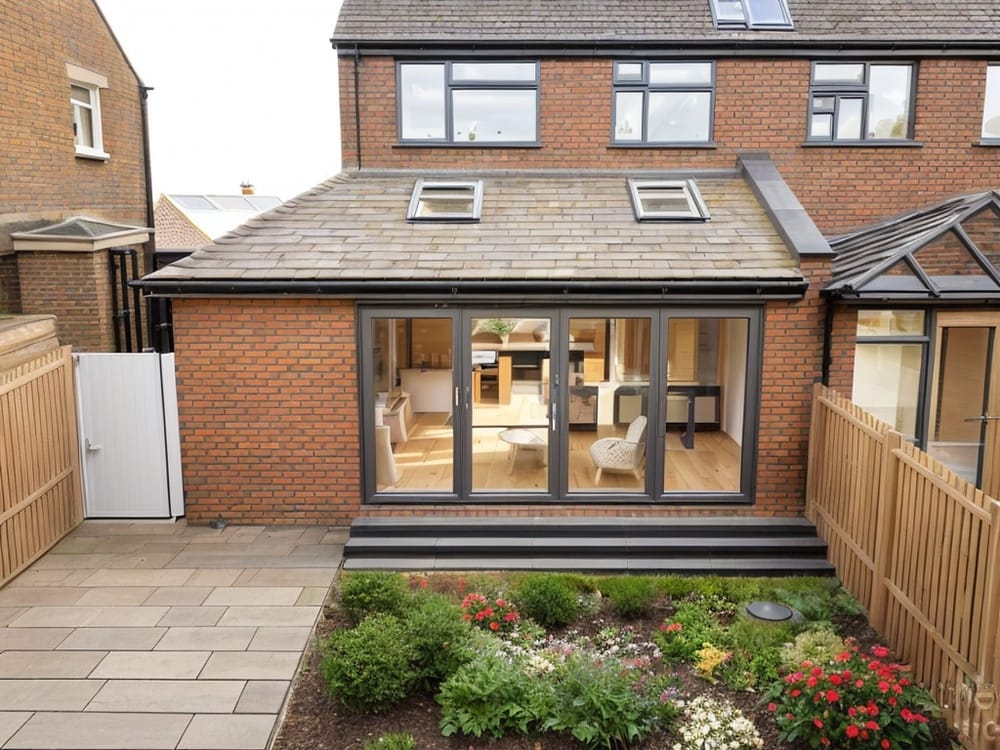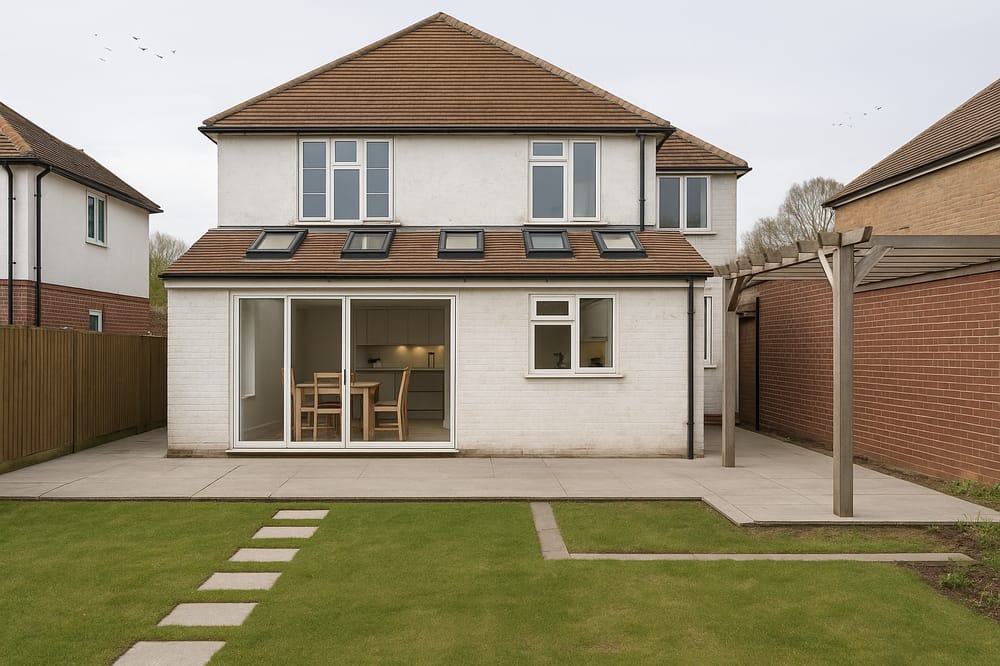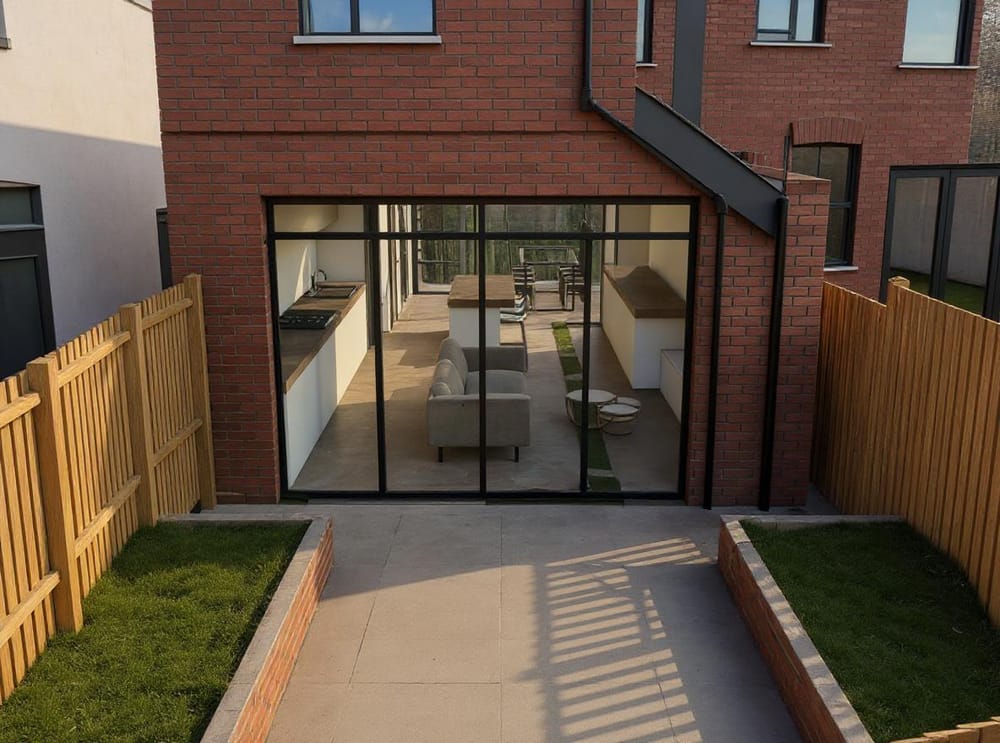If you’re looking to get a little more sun into your home, an orangery might be the perfect choice. However, like many construction projects, you might need to secure council approval before you bring this project to life.
To find out if your project will require planning permission, check out this advice from Resi’s own planning team…
Does your orangery fall under ‘permitted development’?
For many homeowners, planning permission might not be needed when it comes to creating an orangery.
This is all thanks to a government scheme known as ‘permitted development rights’. Essentially this entitles certain homeowners to extend their home, as long as their project falls under a strict set of criteria.
For an orangery, this criteria is…
- Your structure doesn’t extend beyond the rear of the existing house by more than 4 metres, if your home is detached, and 3 metres, if you live in a terrace, or semi-detached property.
- Takes up less than 50% of the size of the land around the original house ("original" being the latest of when the property was built or if it was built before 1948, then as it stood on 1st July 1948).
- Is single-storey, with a maximum height of 4m.
- Has a roof ridge or top point no higher than the eaves of your property’s roof.
- And cannot include any verandas, balconies or elevated platforms.
Alongside this, not all homes will be able to use this scheme. Homeowners of these property types will be automatically excluded…
- Flats
- Maisonettes
- Listed buildings
- Homes in conservation areas
If your project does fall under permitted development rights, you should still pencil in 8-10 weeks for planning admin. While you can forego planning permission, we still recommend you apply for a lawful development certificate. This documentation will help prove to both your local council and future buyers that your orangery was legal at the point of construction, while also ensuring the plans drawn up by your architect properly follow this scheme's strict criteria.
Don’t worry, while planning permission can be subjective, lawful development certificates are more of a box-ticking exercise for your designer. As long as you follow the rules, you’ll be golden.
Applying for planning permission
If your home doesn’t qualify for permitted development, then you’ll need to go through the regular planning permission channels.
Once you have the designs of your proposed orangery in hand, an architect (or yourself), will need to package these up for submission. Then, once you’ve paid the planning fee and submitted your application, you’ll need to wait for validation. It can take anywhere from 7 days, all the way up to 5 weeks for the council to validate and accept this planning application. When they have accepted it, you’ll then be assigned a planning officer who will then take around 8 weeks to reach a decision on your project.
Orangeries typically face planning rejection due to these concerns from the council…
- Your build overshadows a neighbour, causing loss of light
- Your build overlooks other homes, causing loss of privacy
- Your builds appearance is out of character with the existing property
- Overdevelopment
- It impacts on highway safety
- Use of hazardous materials
- Impact upon trees
- Restricts road access
- Negative effect on nature conservation
Planning for a listed building
If you live in a listed building, you’ll also face harsher scrutiny when it comes to your build. Not only this, but you’ll also need to apply for a separate piece of planning documentation known as the Listed Building Consent.
For the best chance of success, you’ll need to have your application consider…
- History of the building
- Character features
- Measures you’ll take to protect key features
- Size of your extension
- Design of your extension
Learn more about adding a glass extension, such as an orangery, to a listed building.
How to give your home the best chance of planning success
If you want to make sure that your orangery adhers to the rules of permitted development, or that it has the best chance of gaining planning permission, the best thing you can do is get an architect on board.
Not only can they design your orangery to best fit your chosen planning route, but a good architect can also act as your planning agent throughout the process. Meaning you not only have less to worry about but also that they can make small, on the spot alternations to your design, should they be needed to get it over the line.
Want someone on one advice for your orangery dreams? Book in a free consultation with our team. We provide expert advice to anyone looking to unlock their home’s potential, all free of charge.

